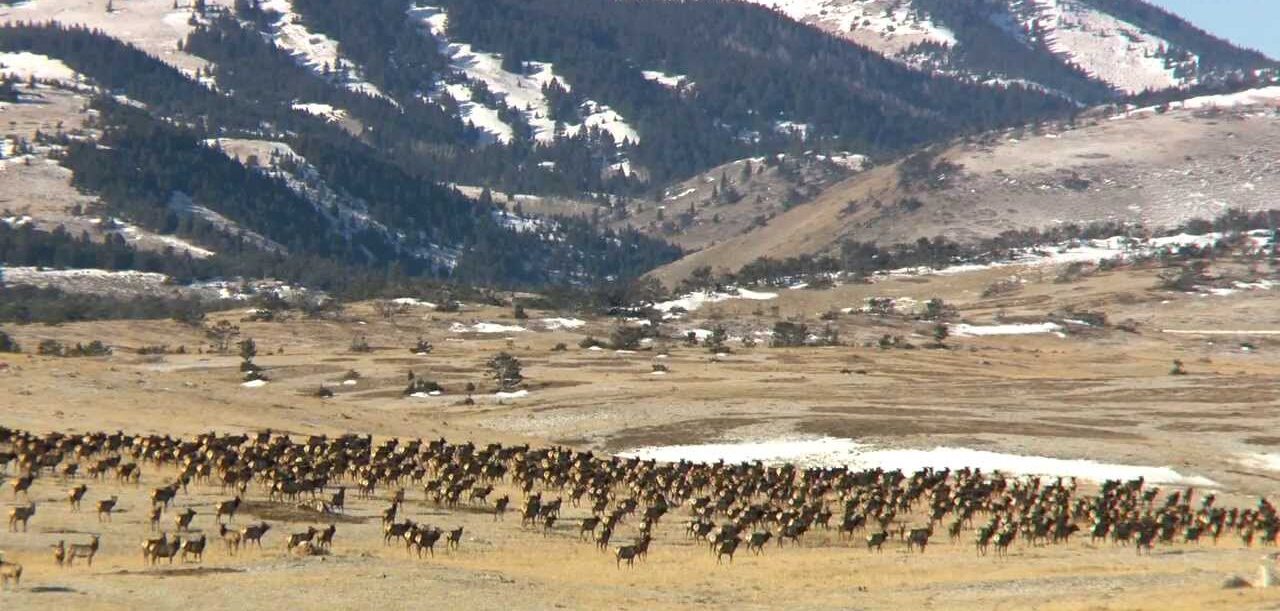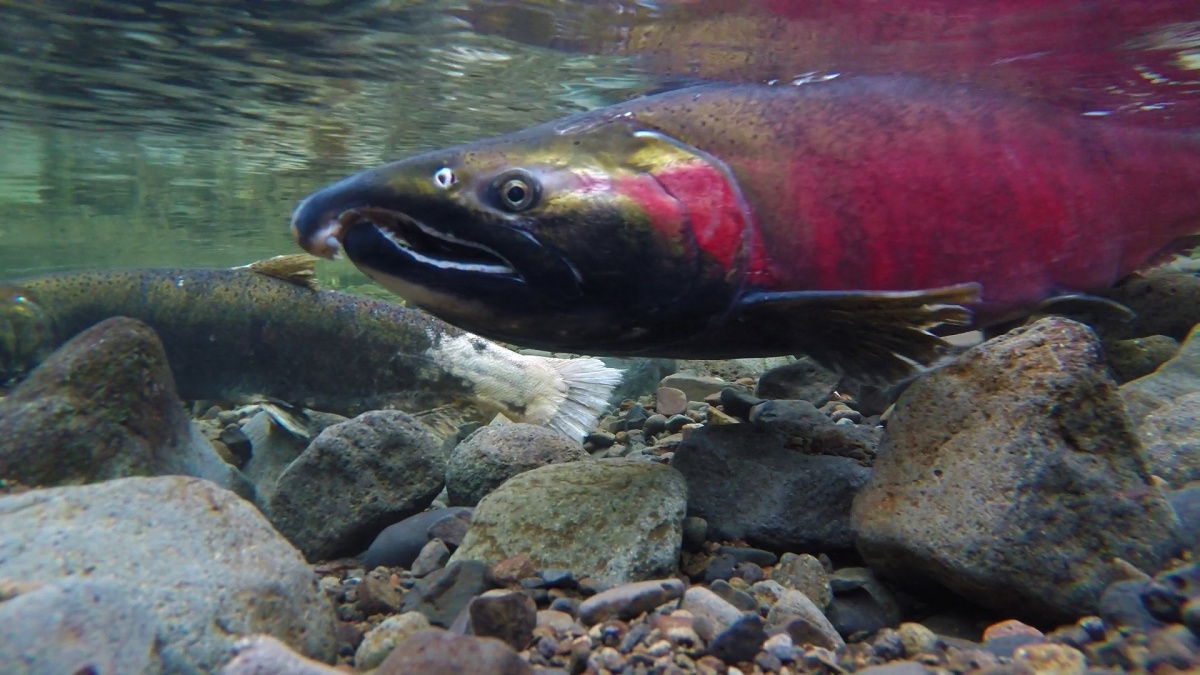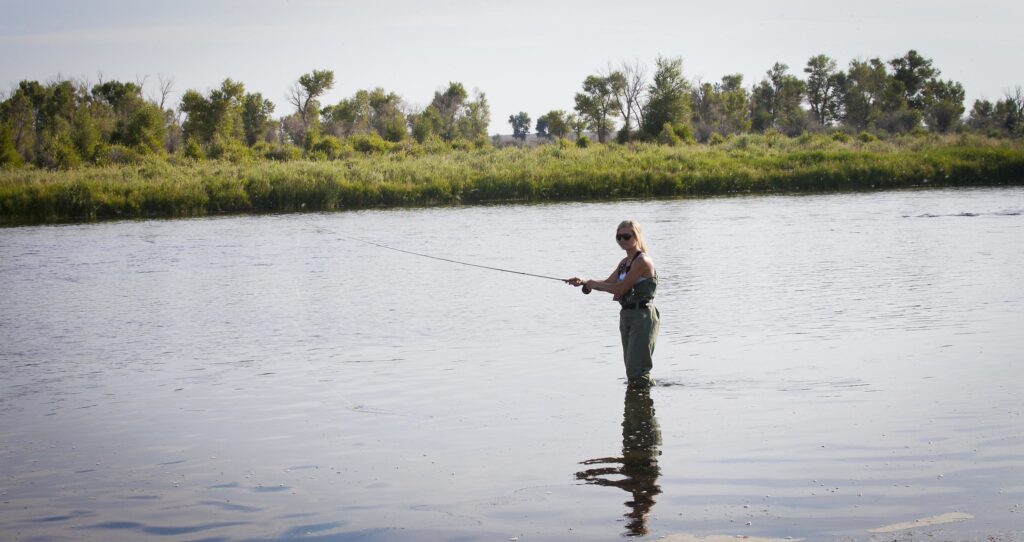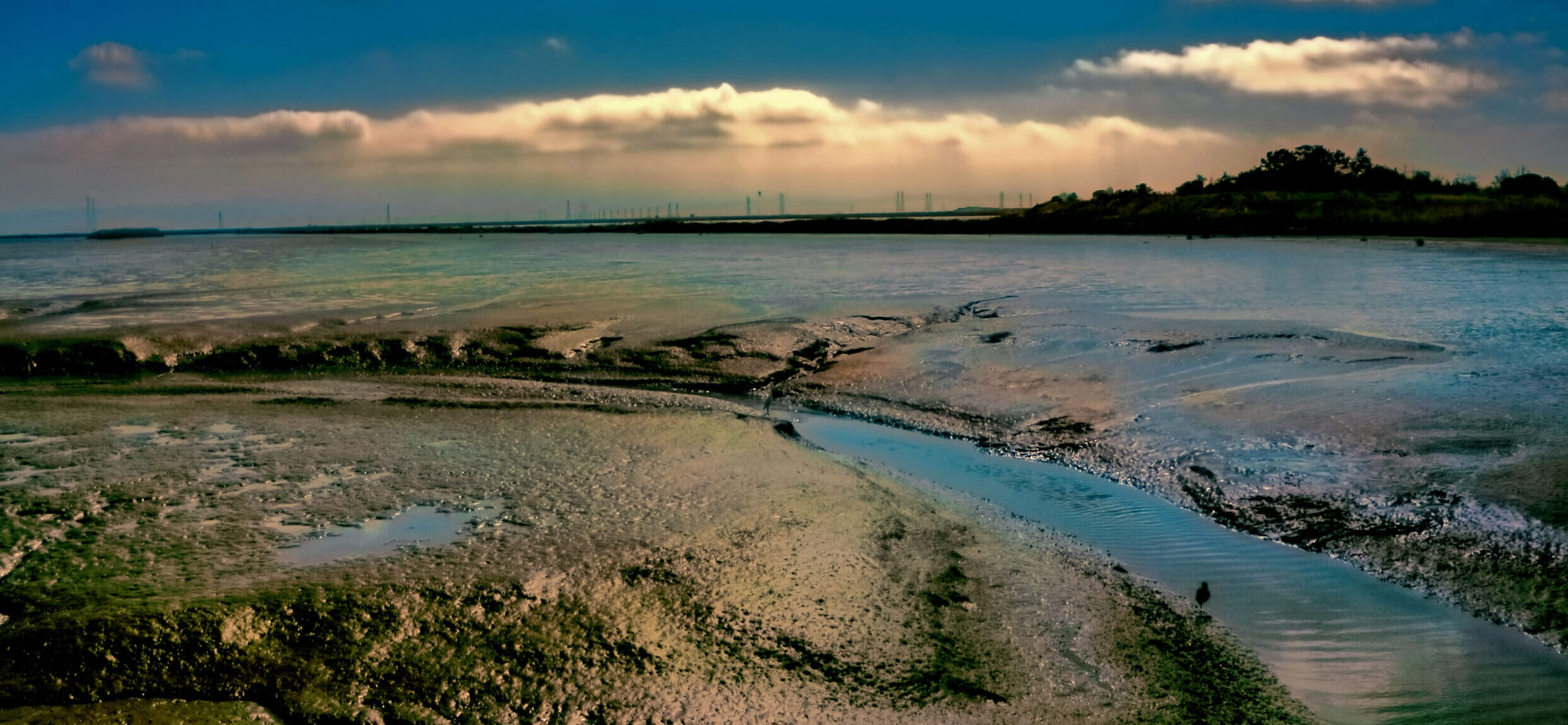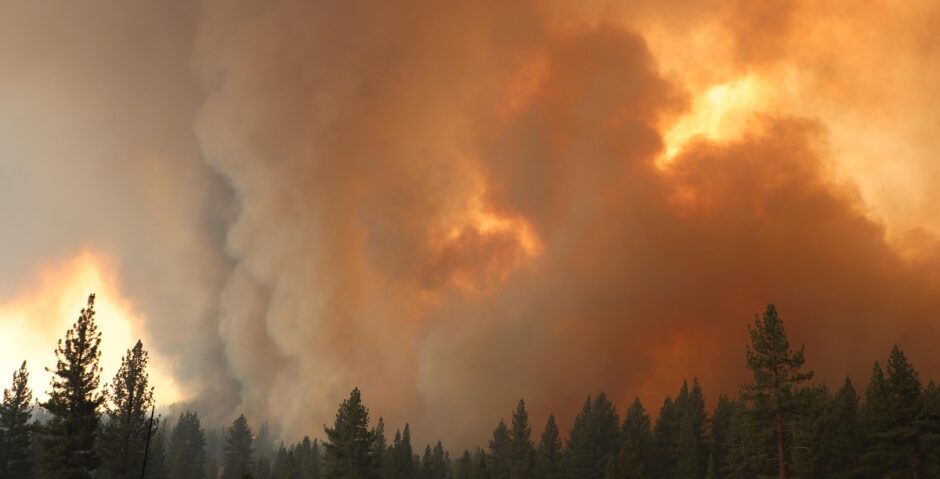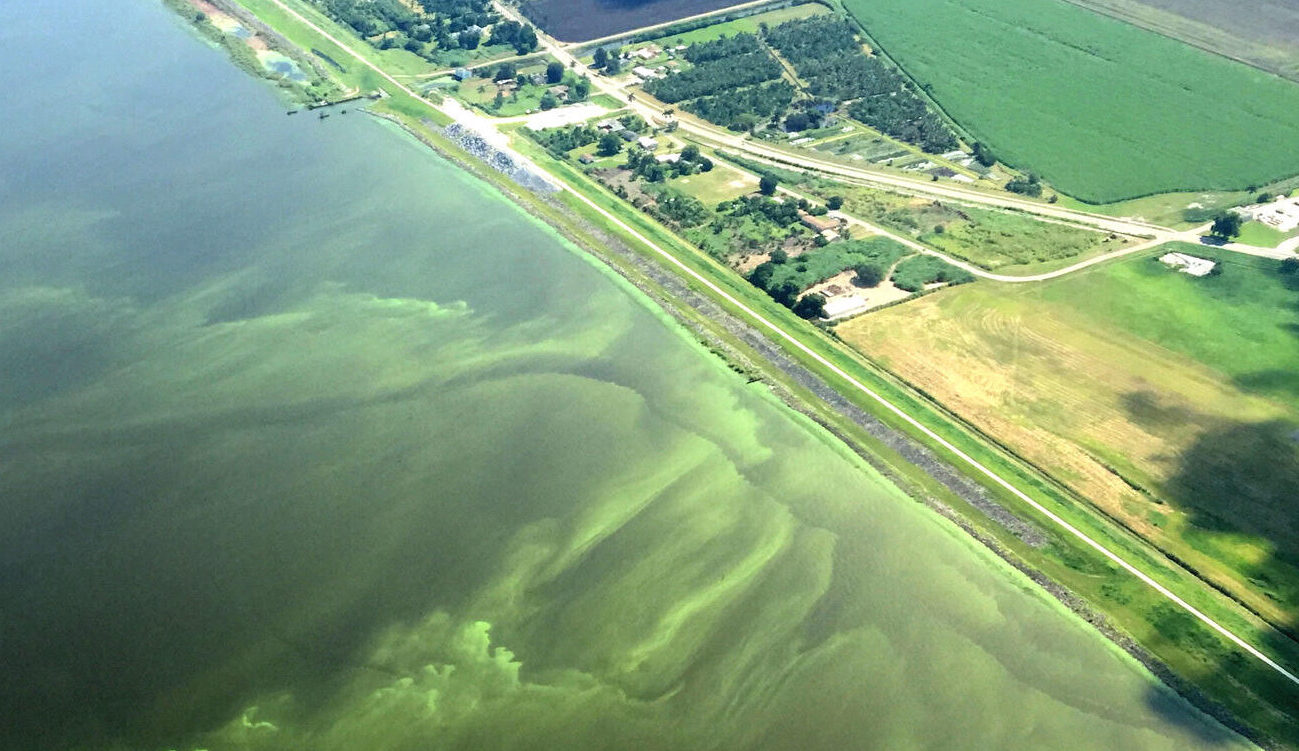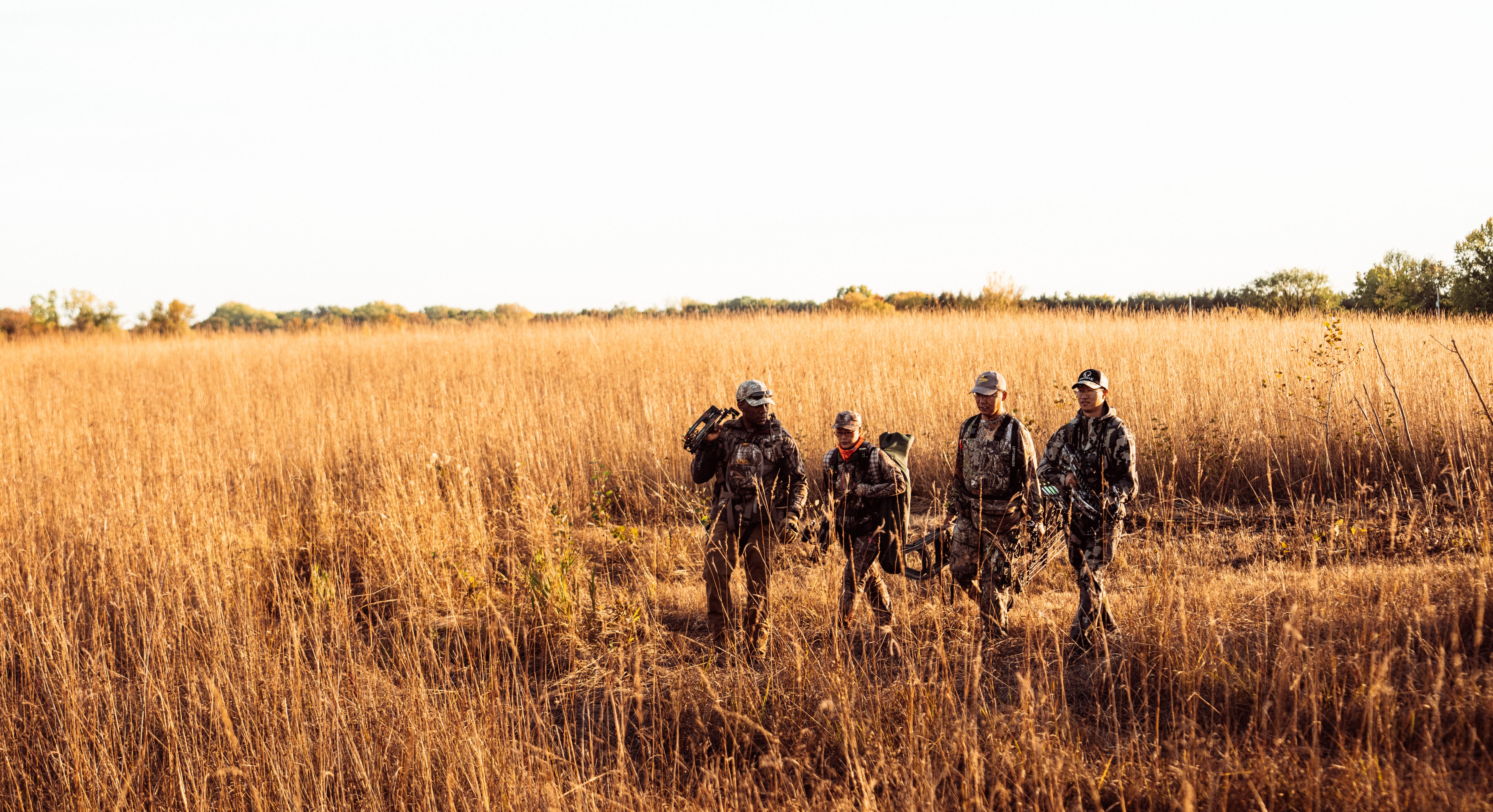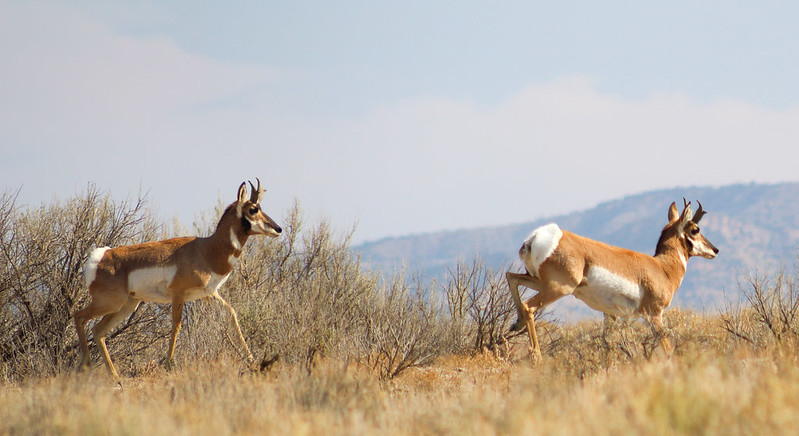The Central Yukon Resource Management Plan will guide future management of BLM lands in an area larger than Yellowstone, Yosemite, and Switzerland combined
Later this year, the Bureau of Land Management is slated to publish a revised management plan for 13.3 million acres in Alaska’s Interior and Arctic regions. This region, known as the Central Yukon planning area, is familiar to many hunters and anglers as the home of the Dalton Highway Corridor. This unique recreation destination allows for remote, yet road accessible, hike-in and float trips, and hosts some of the most iconic big game species in Alaska—including Dall sheep, moose, and caribou—and 25 species of fish.
The Central Yukon plan has important implications for our fish and wildlife resources as it will guide landscape-level management and balance the various uses allowed on BLM lands in this region for approximately the next 20 years. That’s why the TRCP has been advocating for the priorities of hunters and anglers in the Central Yukon throughout the BLM’s multi-year planning process.
A Plan in Need of Fixing
The draft plan, published in 2020, recommended that 98 percent of all BLM-managed lands in the planning area be opened to industrial resource extraction. This recommendation is unbalanced and would result in unacceptable consequences for the sporting community and subsistence harvesters. In response, the TRCP organized comments from more than 500 supporters who urged the agency to develop a more fish and wildlife friendly preferred alternative and offered specific recommendations for improving habitat in the planning area.
As the agency moves this plan closer to completion, our team continues to leverage every opportunity to ensure that the final plan adequately reflects the values of hunters and anglers.
Priority #1: Avoid or minimize the impacts to fish, wildlife, and important habitat
The final plan should align with the BLM’s goals and objectives for managing fish and wildlife in the planning area, which include but are not limited to:
- Provide habitat of sufficient quantity, quality, and connectivity to allow for stable populations of wildlife, in collaboration with the Alaska Department of Fish and Game and the U.S. Fish and Wildlife Service.
- Effectively avoid or minimize impacts on wildlife and wildlife habitat.
- Apply mitigation measures that effectively maintain wildlife and wildlife habitat.
Under the draft plan, wildlife could be affected by mining in 100 percent of the planning area—as opposed to 52 percent under the existing plan—since all lands would be open to locatable mineral entry. The agency’s own analysis acknowledges that the preferred alternative would adversely impact high-value fish habitat, increase the loss of important habitat for Dall sheep, and could result in caribou population declines. The final plan should strike a better balance between habitat conservation and responsible resource development.
Recommended action: Adopt Dall Habitat Areas, Dall Sheep Movement Corridors and Dall Sheep Study Area. Include additional conservation measures for sheep, such as restrictions on development activities within 0.5 miles of mineral licks.
Recommended action: Adopt Core Caribou Habitat Areas. Include additional safeguards for caribou, such as restrictions on OHV use and other surface-disturbing activities during calving periods.
Recommended action: Adopt Areas of Critical Environmental Concern (ACECs) and Research Natural Areas (RNAs) as proposed in Alternative B. Of the 31 ACECs under consideration, six are proposed to protect Dall sheep habitat and four are proposed offer additional safeguards to caribou.
Priority #2: Plan for Growing Recreational Demand
The revisions to the Central Yukon RMP should also support public access for hunting, fishing, and other forms of recreation. The planning area provides outstanding recreation opportunities for Alaskans and non-residents throughout the year, including sightseeing, fishing, hunting, river trips, day hikes, wildlife viewing, bird watching, and photography. Recreational demand is expected to increase along the Dalton Highway through the life of the plan.
By adopting the proposed Dalton Corridor Backcountry Conservation Area, the BLM could conserve big game habitat, provide world-class backcountry recreation experiences, and allow for traditional uses of these lands to continue.
Recommended action: Adopt the proposed Dalton Corridor Backcountry Conservation Area. This tool would specifically provide for high-quality hunting and other recreation opportunities in the outer Dalton Highway Corridor.
Priority #3: Maintain existing conservation safeguards
Finally, we recommend that the RMP retain long-standing public land orders to ensure that some lands remain withdrawn from mineral entry.
Approximately 7.4 million acres in the Central Yukon planning area—including the Dalton Highway Corridor—have been withdrawn from mineral entry since the public land orders were issued in the 1970s. Revoking the PLOs would negatively impact subsistence access for rural community residents in the planning area. Unique recreational hunting opportunities—such as the 5-mile bowhunting-only corridor along the Dalton Highway—could also be threatened if these lands are conveyed.
Recommended action: Maintain the Dalton Highway Corridor (PLO 5150) in its entirety.
Recommended action: Maintain all ANCSA d-1 withdrawals.
Create a Conservation Success Story
Alaskan hunters and anglers, local businesses, wildlife managers, and other recreationists who enjoy these places are counting on the BLM to manage our public lands in a way that protects our investment in Alaska’s fish and wildlife, outdoor resources, and sporting heritage. Working together, we can ensure that the Central Yukon RMP revisions create the best management plan for the habitat and quality hunting and fishing areas that makes this vast region of Alaska a world-class destination.

